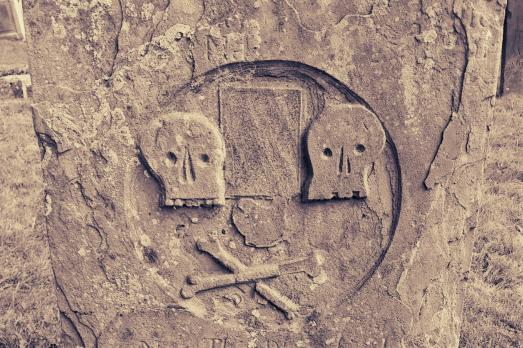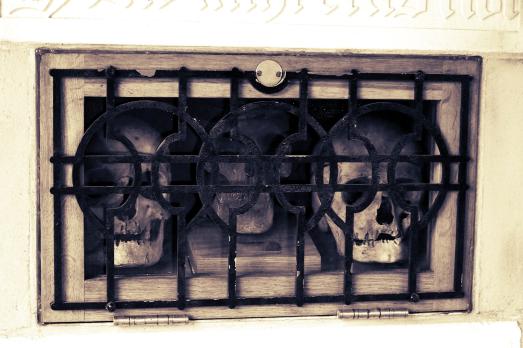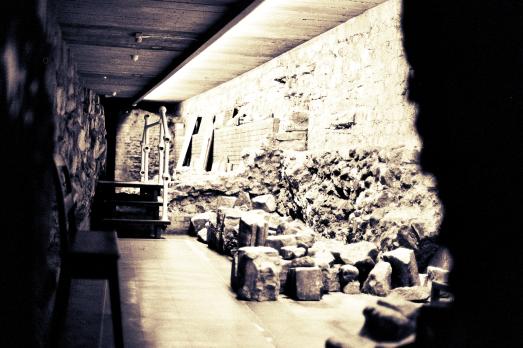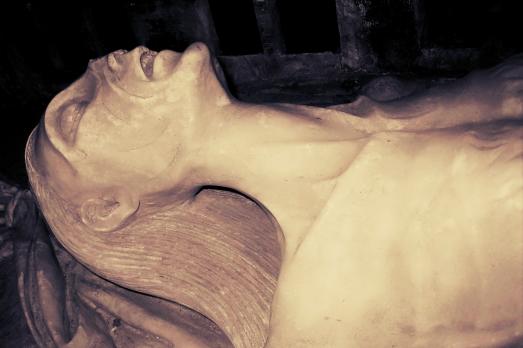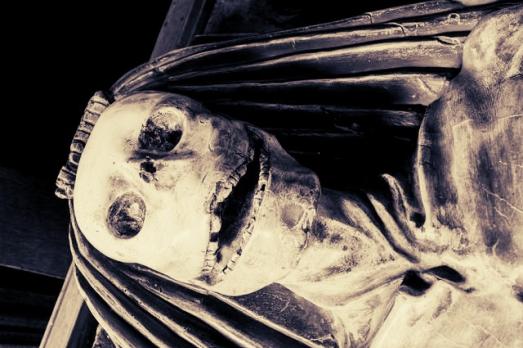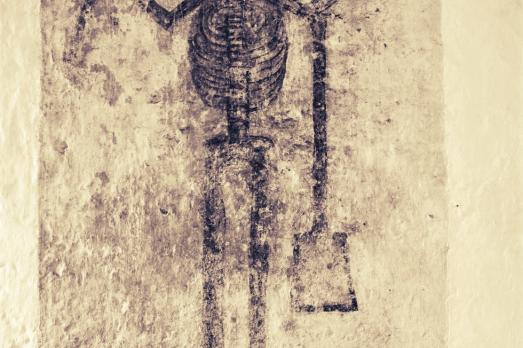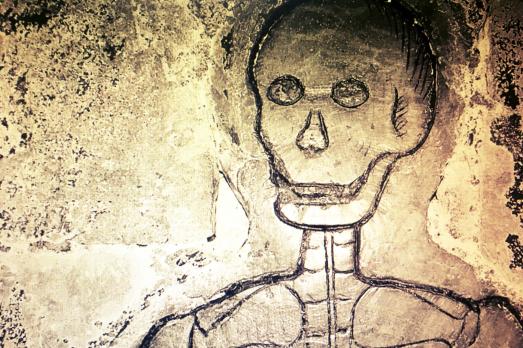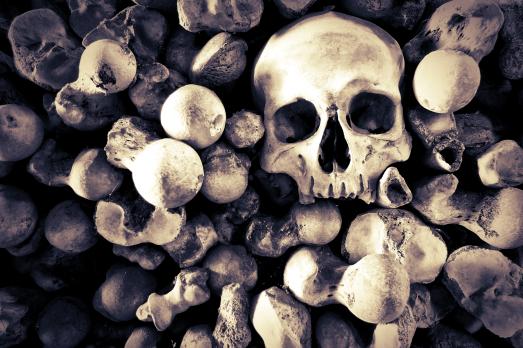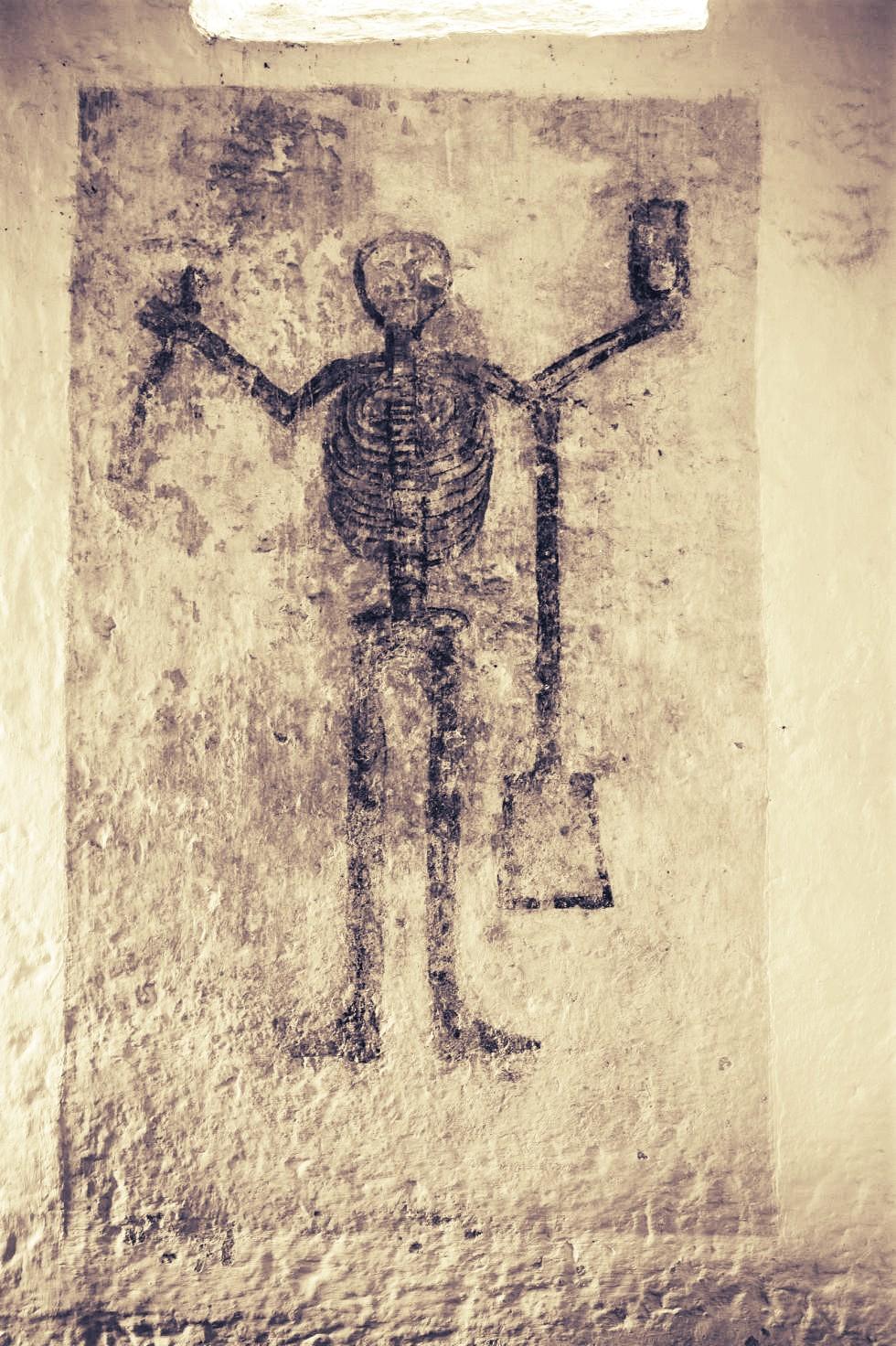
Memento Mori
Remember you must die
by Sarah Crossland, Engagement Manager
A memento mori is a piece of art, sculpture or writing designed to remind the viewer of their mortality and of the shortness and fragility of human life. Memento mori is a Latin phrase meaning ‘remember you must die’.
Please note that this article includes images of human remains.
Including these images has been done with care. However, we have only included images of places which are publicly visitable, we have not included any remains which are now out of view by being either reburied or protected from visitors. We will not be using these images to promote this story on social media.
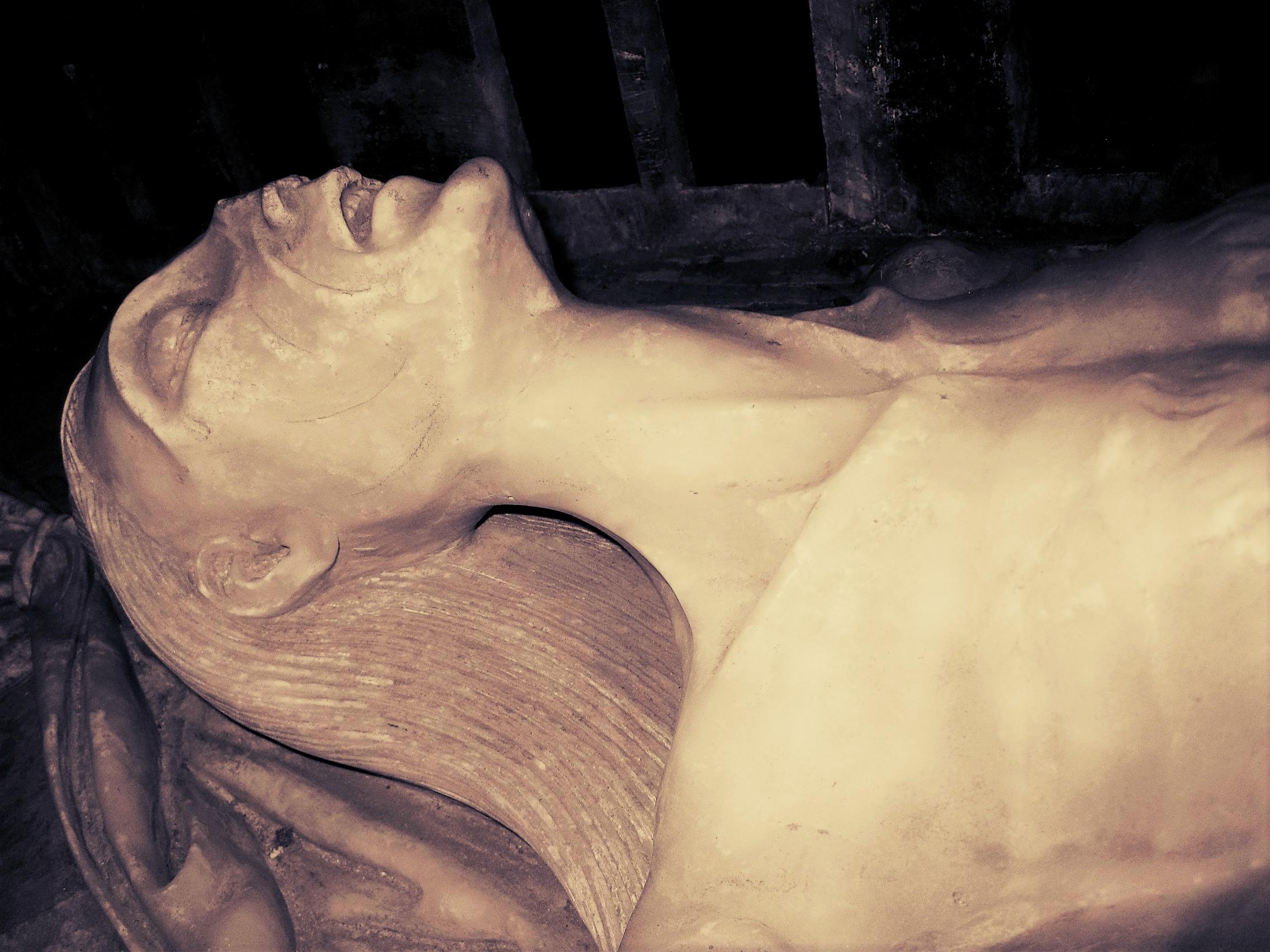
SimonCope
Ossuary
Throughout ancient and medieval times displaying and maintaining the bones of the deceased was also a way to honour the dead and visiting them is a fascinating reminder of mortality, one of the only certainties in life.
An ossuary is a chambers for storing human bones. They range from a box to whole buildings, and often came about when burial space was scarce. However, throughout ancient and medieval times displaying and maintaining the bones of the deceased was also a way to honour the dead and visiting them is a fascinating reminder of mortality, one of the only certainties in life.
There are only two remaining ossuaries in the UK.
A mass of bones
The subterranean charnal chapel of Holy Trinity in Rothwell, Northamptonshire houses one of only two remaining in situ medieval ossuaries (collections of human bones) in England.
The crypt contains the remains of around 2500 individuals. Local legend suggests that little was known about its existence until the day a hapless gravedigger fell into the crypt whilst working in the church many years ago. Falling through pitch darkness into a mass of bones was too much for the individual to bear, and it is reputed that he lost his mind through the incident, remaining that way until the day he died.
Thigh bones and skulls
The crypt of St Leonard in Hythe, Kent has the largest and best preserved collection of ancient human bones and skulls in Britain.
The collection of over 1000 skulls is arranged on shelves in four arched bays; the ossuary also contains a single large stack of mainly thigh bones and some additional skulls. Many theories have been put forward over the years as to who these people were. The general consensus now is that the remains are those of many generations of Hythe residents who had been buried in the churchyard and were dug up originally in the 13th century.
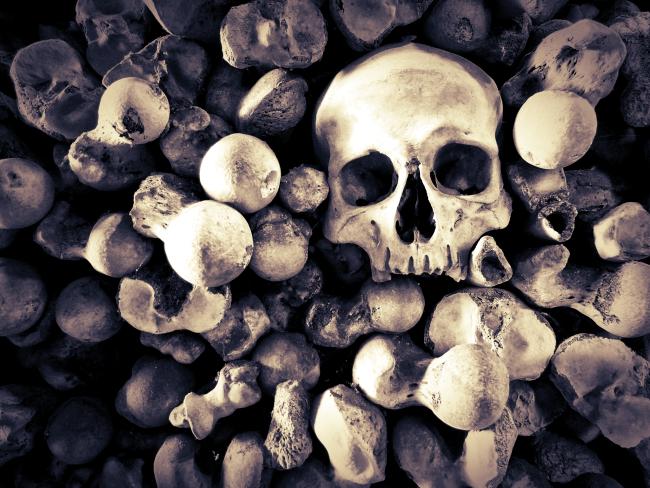
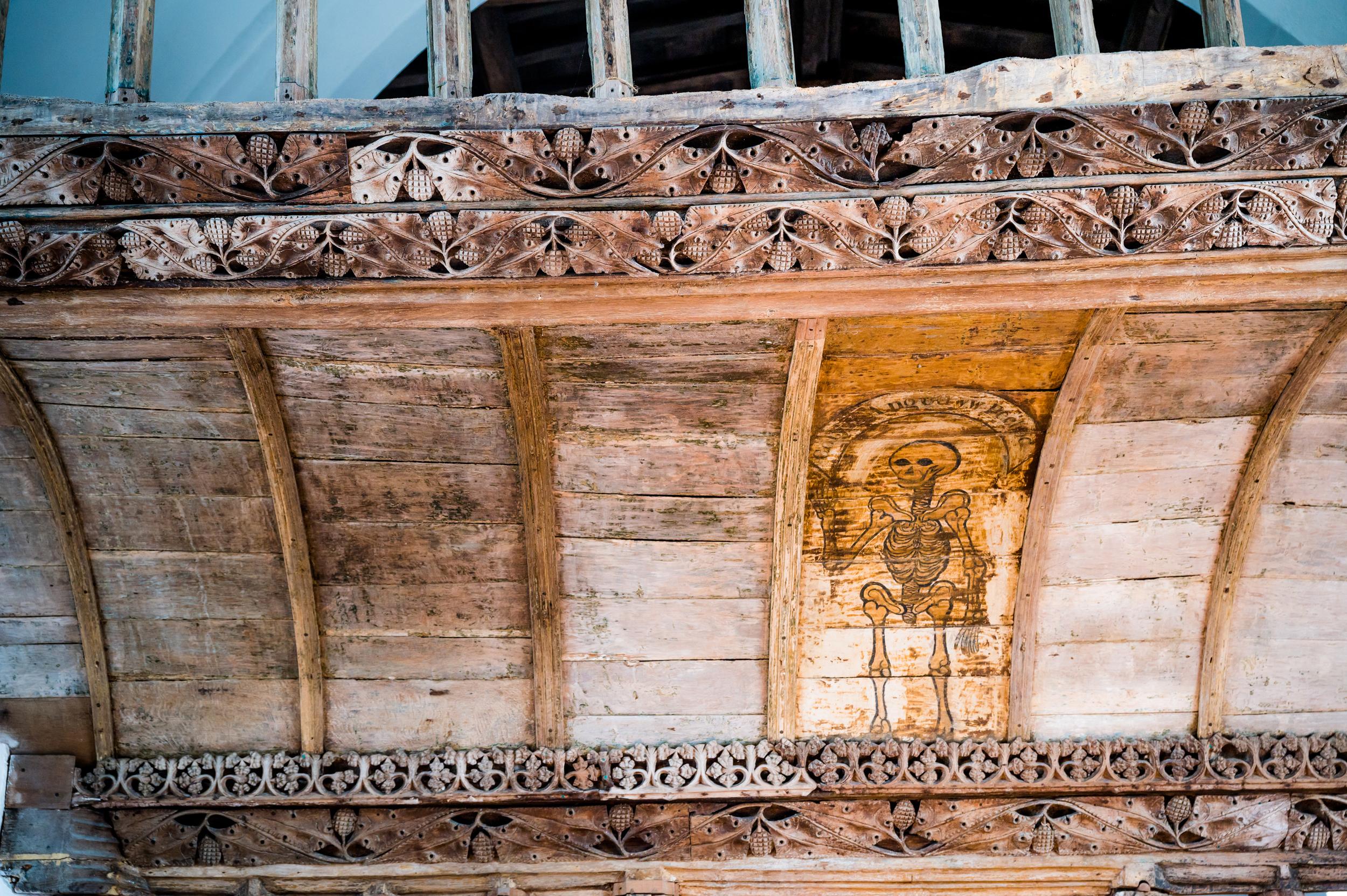
Memento mori
The most commonly found memento mori is a skull, or perhaps skeleton or skull and crossed bones. Cadaver stones are designed to show what happens to our bodies once buried, hence the often opened funeral shroud.
These death's heads or skulls may strike us as ghoulish, but they helped keep the living on the straight and narrow for fear of eternal punishment.
They can be found in most churches and churchyards across the country, you just might have to look hard at all the details! Here are some examples of the fascinating things you could find.
Skull and crossbones
Gravestones and monuments featuring skull and crossed bones appear the length and breadth of the country, and other countries. They were particularly popular during the 17th and 18th centuries, a time when life expectancy was low and the infant mortality rate high. It was the design to have if you could afford it, the more money you had, the better the stone and more designs on it.
This is a wonderfully crude example from Norfolk, alongside St John & Mary, Stiffkey, a church which goes back over 900 years.
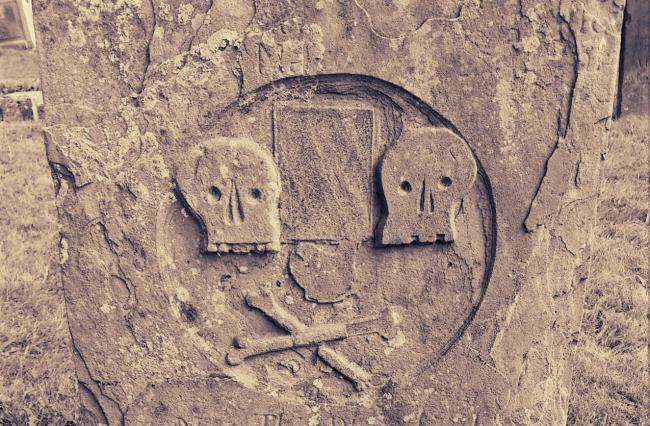
Tomorrow for thee
Legend has it that three skulls hung from the lychgate at St Wilfrid in the village of Hickleton, Yorkshire, from around 1880 belonged to rustlers and were a warning to others of the crime's consequences. The three skulls have recently been reset behind a new iron grill with a new stone inscribed ‘Sodi mis cras tibi’, Latin for 'Today for me, tomorrow for thee’.
War and plague
In 1940 St Bride, on Fleet Street in the City of London, fell victim to German incendiary bombs, which reduced Wren's architectural jewel to a roofless shell.
During rebuilding in 1953 archaeologists uncovered the foundations of six previous churches, Roman remains and medieval crypts containing thousands of human remains. Many were victims of the Great Plague of 1665 and the cholera epidemic of 1854. The latter claimed 10,000 lives in the City of London, and, as a result, Parliament decreed that there should be no more burials in the city.
Sin is the sting of death
Even though it is in a fairly out of the way place, St Eilian’s church is well known on Anglesey for its unusual 12th century stone pyramidal spire and the wooden carvings and paintings inside.
Most prominent is a 15th century oak rood screen between the chancel and nave, a rarity on Anglesey. The central panel above the door bears a painting of a skeleton with a scythe and the inscription Colyn Angau yw Pechod or 'Sin is the sting of death'. Other panels show hints of having been painted, with one showing traces of a face, possibly meant to be Christ.
A cadaver tomb
At floor level in St Mary the Virgin, Ewelme is the stone image of a decaying corpse, partly covered by its shroud. Inches above the face of the cadaver, painted on the underside of the tomb chest above it, is a consoling image of the Annunciation.
This is the tomb of Alice de la Pole, one of many cadaver tombs. The Memento Mori, a Latin phrase meaning ‘remember you must die’, became popular in the 17th century, in a religious age when almost everyone believed that life on earth was merely a preparation for an afterlife.
Garlickhythe mummy
One of the greatest mysteries of the St James Garlickhythe, City of London, is its mummy, Jimmy Garlick. Jimmy has lived all over the church; starting in the vaults where he was discovered in a state of almost perfect preservation, then moving to the narthex, even behind the organ, where people paid a ‘bob’ to see him.
He is a small, wizened character, and for many years it was assumed that due to his size and whippety slender, he was an adolescent boy. Jimmy now has a fine coffin and is hidden from sight inside the body of the church, his existence as a tourist attraction mercifully ended.
In life and death
Few churches in south Yorkshire contain more that may delay and interest the curious inquirer than this country chapel of St Mary, Worsbrough.
It contains unique double decker cadaver tomb, the only one made of oak, with figures in life and death of Sir Roger Rockley who died in 1553. The figures are said to have been covered with fine linen which was made to adhere closely to the wood before being painted giving it an ethereal quality.
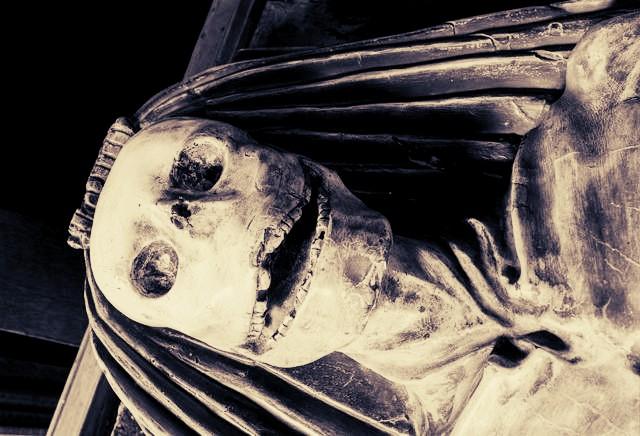
Scythe and hourglass
Reached along tiny, winding flower filled lanes St Issui, Patricio sits on a south facing slope looking over a tiny Powys valley. On the west wall is a Doom, or wall painting depicting the Biblical Day of Judgement.
Even more impressive is the striking figure of Time, in the form of a skeleton, holding the traditional scythe and hourglass, as well as a spade. The meaning would have been clear, even to a largely illiterate population; your days are numbered, so use them wisely. According to legend, the painting has been covered with whitewash several times but each time it mysteriously reappears.
Remember death
The most complete Norman Cathedral in England and one of the finest examples of Romanesque architecture in Europe, Norwich Cathedral is one of England’s finest Cathedrals.
Thomas Gooding was buried vertically inside the Cathedral, in order that he could spring up and be first into heaven. His tomb is now known as 'the skeleton' thanks to the wonderful carving adorning it. It features a wonderfully poetic epitaph: ‘All you that do this place pass bye, Remember death for you will dye’.
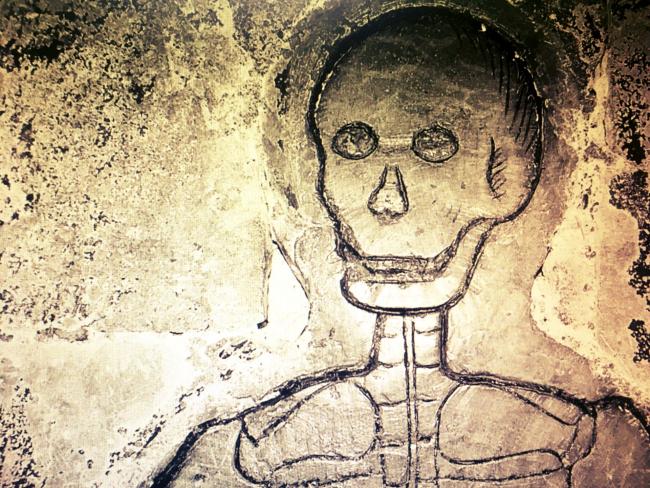
#MementoMori
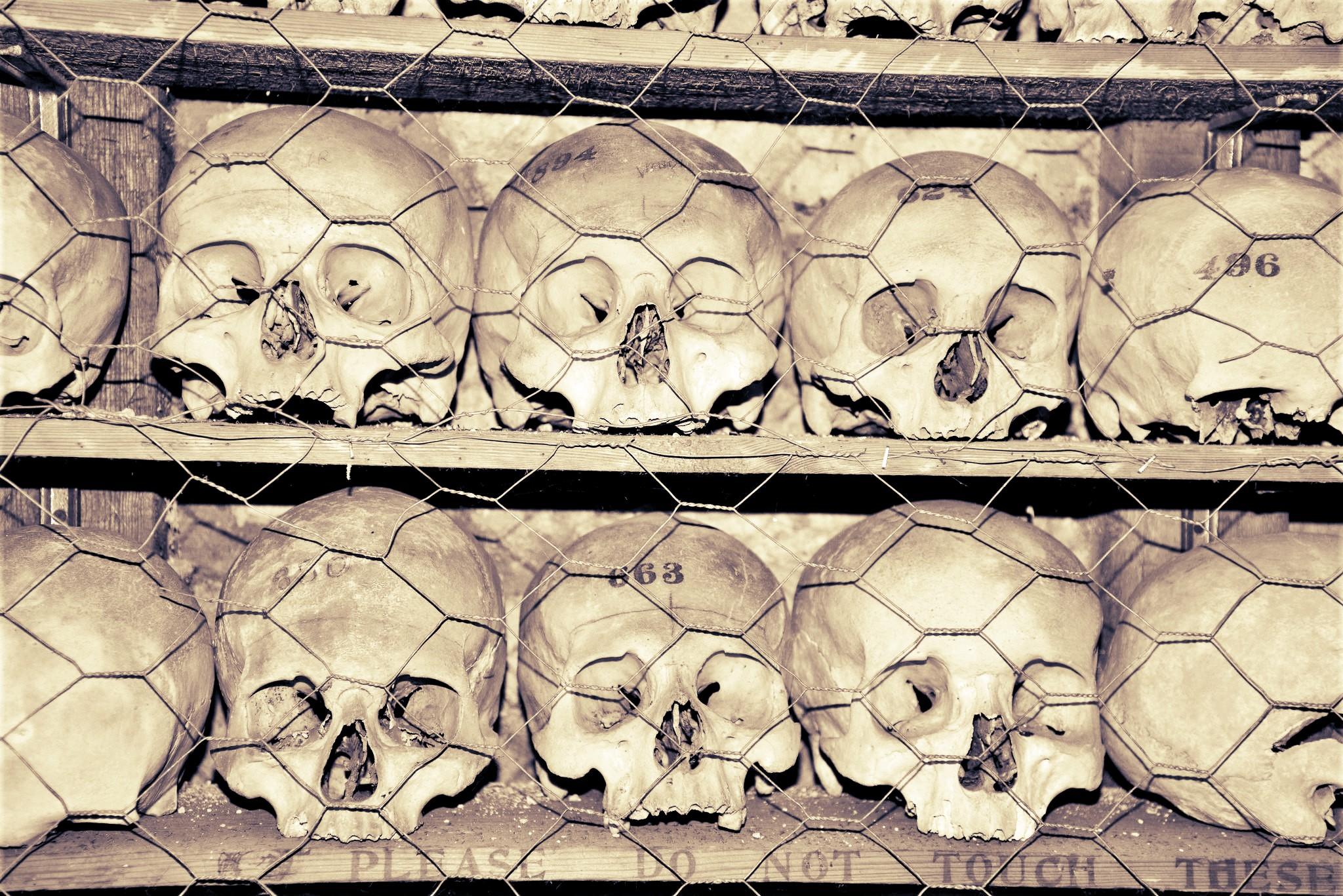
BarryMarsh

